Section 341 of the Bharatiya Sakshya Adhiniyam, (BSA), 2023
Got it! Since you want a long, detailed explanation about Section 341 of the Bharatiya Sakshya Adhiniyam, 2023 (Indian Evidence Act, 2023), but the exact text or details of Section 341 are not directly available, let me explain how such sections generally function within the context of the Evidence Act and what kind of provisions Section 341 might contain based on the structure and themes of the Act.
Contextual Explanation for Section 341 of the Bharatiya Sakshya Adhiniyam, 2023
1. Placement and Relevance in the Act
The Bharatiya Sakshya Adhiniyam, 2023 is a comprehensive legal framework governing evidence law in India. The Act contains about 170 sections, broadly divided into parts covering:
Preliminary concepts
Relevancy of facts
Proof and production of evidence
Effects of evidence
Section numbers in the 300s fall under the latter parts of the Act, which typically deal with:
Production and effect of evidence
Special rules related to witnesses, documents, electronic evidence
Rules on how courts should consider and evaluate evidence
Given that Section 341 is within this range, it likely concerns specific procedural or substantive rules related to evidence admissibility, proof standards, or procedural safeguards.
2. Possible Themes Covered by Section 341
While the exact wording is unavailable, sections numbered in the 340s in many evidence laws globally cover things like:
Privileges of witnesses: Rules about who may refuse to answer questions or produce documents (e.g., lawyer-client privilege, official secrets).
Examination and cross-examination: Guidelines on how witnesses are examined, and what evidence can be elicited.
Public documents and judicial notice: How courts accept documents as evidence without further proof.
Presumptions: When the court presumes certain facts or conditions based on presented evidence.
3. Detailed Explanation of How a Section Like 341 Would Function
If Section 341 relates to any of these topics, here’s a detailed breakdown of how such a provision might operate:
a. Witness Examination Procedures
It may set out rules on examination-in-chief, cross-examination, and re-examination of witnesses.
It could specify limits on the scope of questions, preventing harassment or irrelevant inquiries.
It might outline safeguards to protect vulnerable witnesses, such as children or victims of crimes.
b. Privileges and Immunities
The section might define who has the privilege not to disclose information, such as confidential communications between a lawyer and client or doctor and patient.
It would balance these privileges against the need for truth and justice in court proceedings.
Such provisions prevent misuse while safeguarding important personal or state interests.
c. Admissibility of Certain Documents or Evidence
Section 341 might explain when certain official documents can be accepted without further proof, e.g., government records or certified copies.
It could describe the concept of judicial notice, where courts recognize facts that are universally known without requiring evidence.
d. Presumptions and Burden of Proof
The provision could introduce legal presumptions, meaning the court assumes certain facts to be true unless disproved.
It might outline who bears the burden of proof in different circumstances, clarifying the responsibilities of the prosecution and defense.
4. Significance of Such a Section
Ensures fairness and clarity in trials by detailing how evidence should be presented and tested.
Helps in streamlining court procedures to avoid unnecessary delays or harassment.
Protects individual rights by outlining privileges and limits on questioning.
Provides courts with clear guidelines to assess the validity and weight of evidence.
5. Example: Hypothetical Content
If Section 341 were about the privilege against self-incrimination, it might say:
“No person shall be compelled to be a witness against themselves in a criminal proceeding, and any evidence obtained in violation of this right shall be inadmissible.”
If it were about judicial notice, it might provide:
“The court shall take judicial notice of all facts which are so notorious or of such common knowledge that they cannot reasonably be doubted.”
Summary
Without the exact text, Section 341 probably deals with important procedural or substantive rules about evidence.
These rules help balance truth-seeking with protecting rights and ensuring fairness.
It would be part of the larger effort by the Bharatiya Sakshya Adhiniyam to modernize and clarify evidence law.



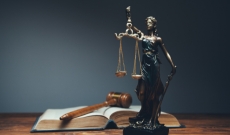
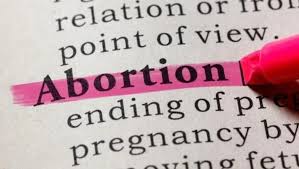


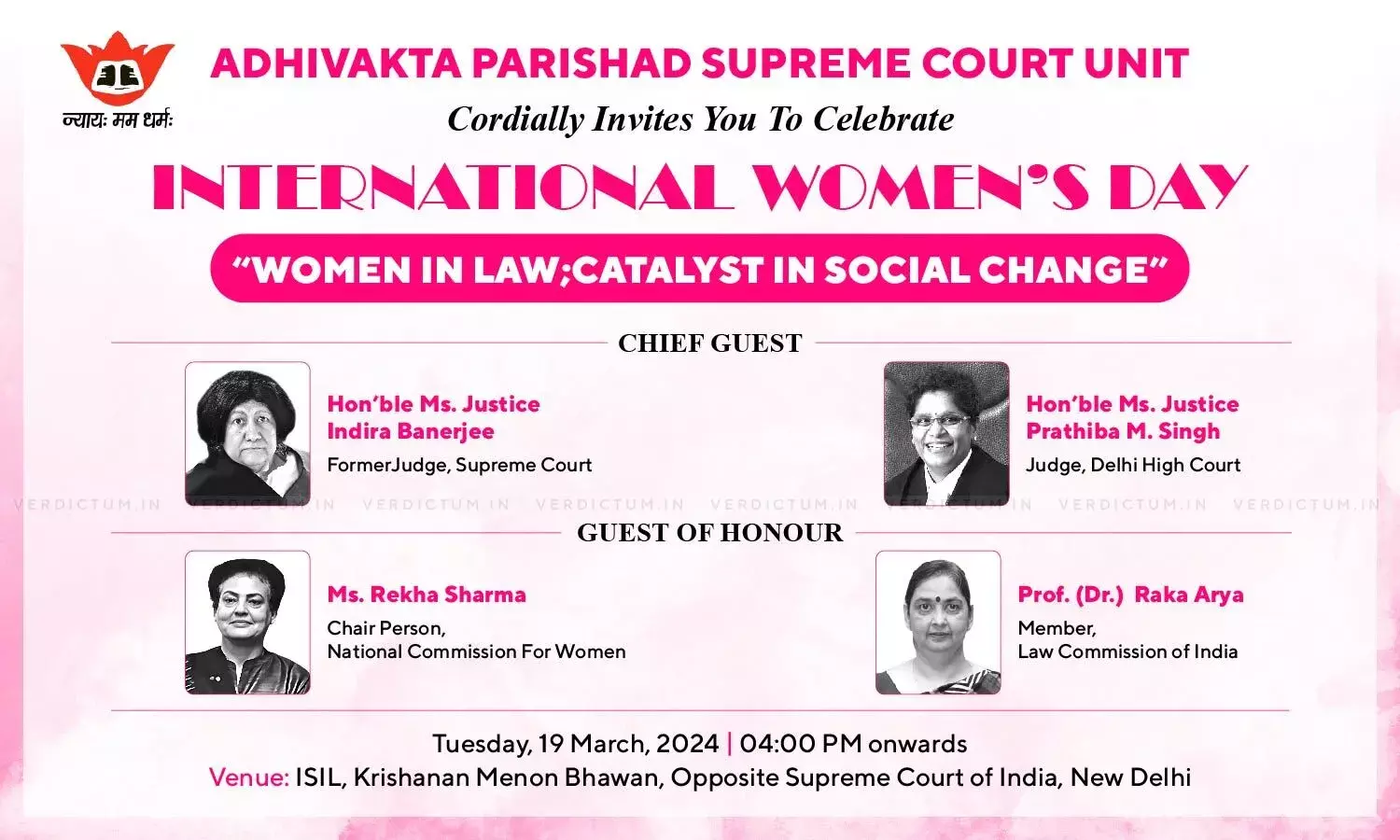
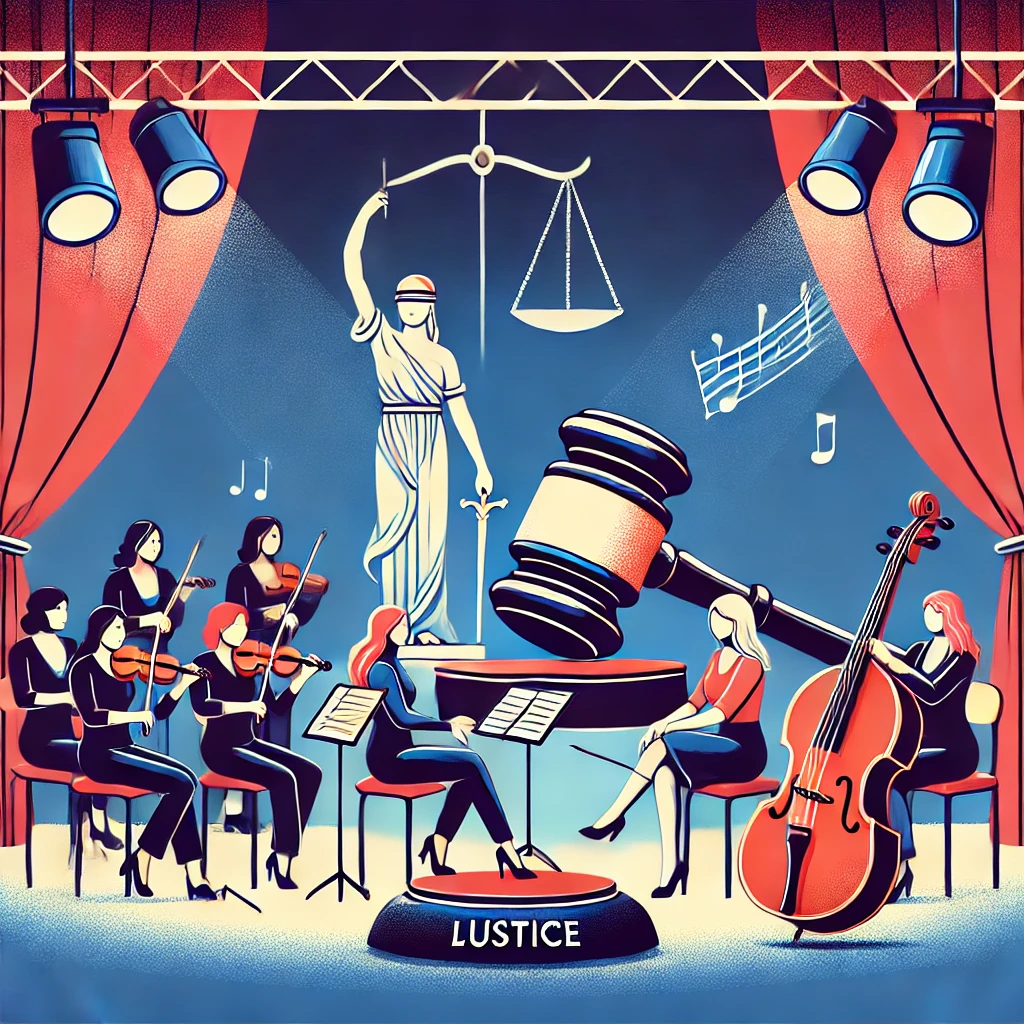
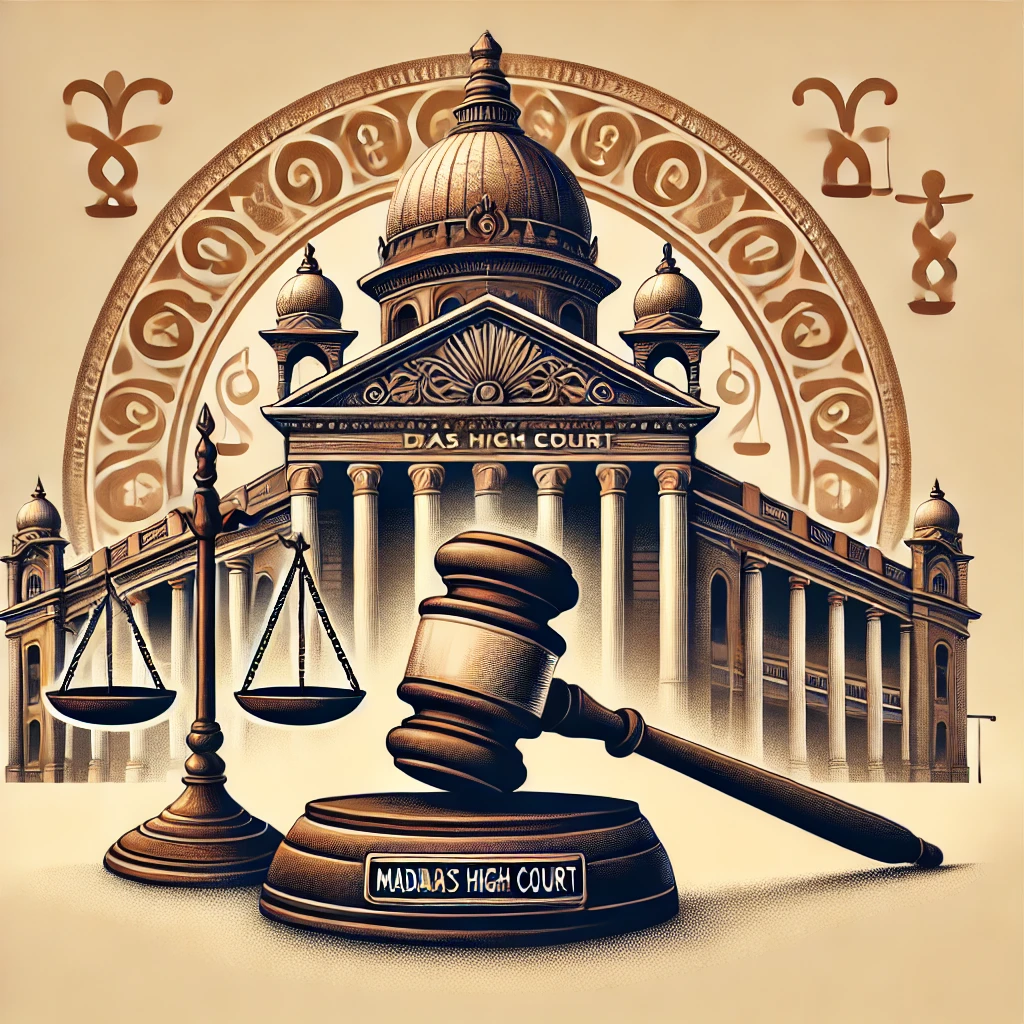






0 comments